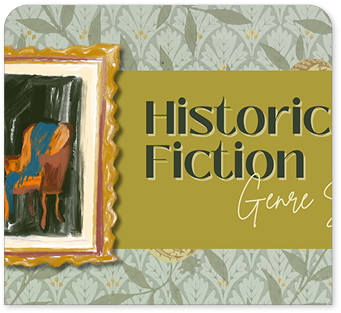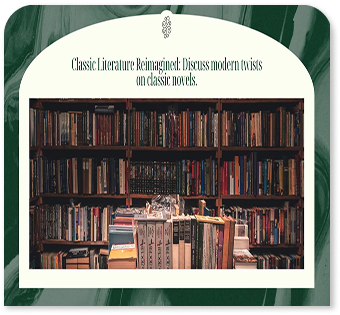-
Mon-Fri: 10AM to 8PM 01722665665
-
My Account
-
-
0
Total :
₹ 0.00

The book is specifically designed for undergraduate students enrolled in BSc 3rd year, 5th semester, particularly at Punjab University, Chandigarh.
The book is divided into several chapters, starting with fundamental concepts and progressing to more complex topics. Each chapter is designed to build upon the last to enhance understanding.
The author, Ashok Sharma, employs a pedagogical approach that simplifies complex ideas, making advanced physics accessible and engaging. The practical applications of theoretical concepts are emphasized, helping students relate their learning to real-world examples.
While the book is designed for academic purposes, the in-depth discussion and practice questions can also help in conceptual understanding, which is beneficial for competitive exams in electronics and physics.
The book emphasizes practical applications of theoretical concepts, allowing students to see how principles of electronics and solid-state devices are utilized in modern technology, such as semiconductors in smartphones or solar cells in renewable energy systems.
Ashok Sharma employs clear explanations, intuitive diagrams, and step-by-step breakdowns of complex theories, making it easier for students to grasp challenging concepts without feeling overwhelmed.
Yes, the clear organization of topics, comprehensive explanations, and practice resources make it suitable for self-learners seeking to understand electronics and solid-state devices outside of a formal classroom setting.
Including past university question papers helps students familiarize themselves with the examination format and question types they can expect. It serves as a practical guide for effective revision and assessment preparation.
The book covers essential concepts related to circuit construction and analysis, providing theoretical knowledge that can be directly applied during laboratory experiments and projects. It prepares students for hands-on application and troubleshooting in electronics labs.
No Description Added
The book is specifically designed for undergraduate students enrolled in BSc 3rd year, 5th semester, particularly at Punjab University, Chandigarh.
The book is divided into several chapters, starting with fundamental concepts and progressing to more complex topics. Each chapter is designed to build upon the last to enhance understanding.
The author, Ashok Sharma, employs a pedagogical approach that simplifies complex ideas, making advanced physics accessible and engaging. The practical applications of theoretical concepts are emphasized, helping students relate their learning to real-world examples.
While the book is designed for academic purposes, the in-depth discussion and practice questions can also help in conceptual understanding, which is beneficial for competitive exams in electronics and physics.
The book emphasizes practical applications of theoretical concepts, allowing students to see how principles of electronics and solid-state devices are utilized in modern technology, such as semiconductors in smartphones or solar cells in renewable energy systems.
Ashok Sharma employs clear explanations, intuitive diagrams, and step-by-step breakdowns of complex theories, making it easier for students to grasp challenging concepts without feeling overwhelmed.
Yes, the clear organization of topics, comprehensive explanations, and practice resources make it suitable for self-learners seeking to understand electronics and solid-state devices outside of a formal classroom setting.
Including past university question papers helps students familiarize themselves with the examination format and question types they can expect. It serves as a practical guide for effective revision and assessment preparation.
The book covers essential concepts related to circuit construction and analysis, providing theoretical knowledge that can be directly applied during laboratory experiments and projects. It prepares students for hands-on application and troubleshooting in electronics labs.


